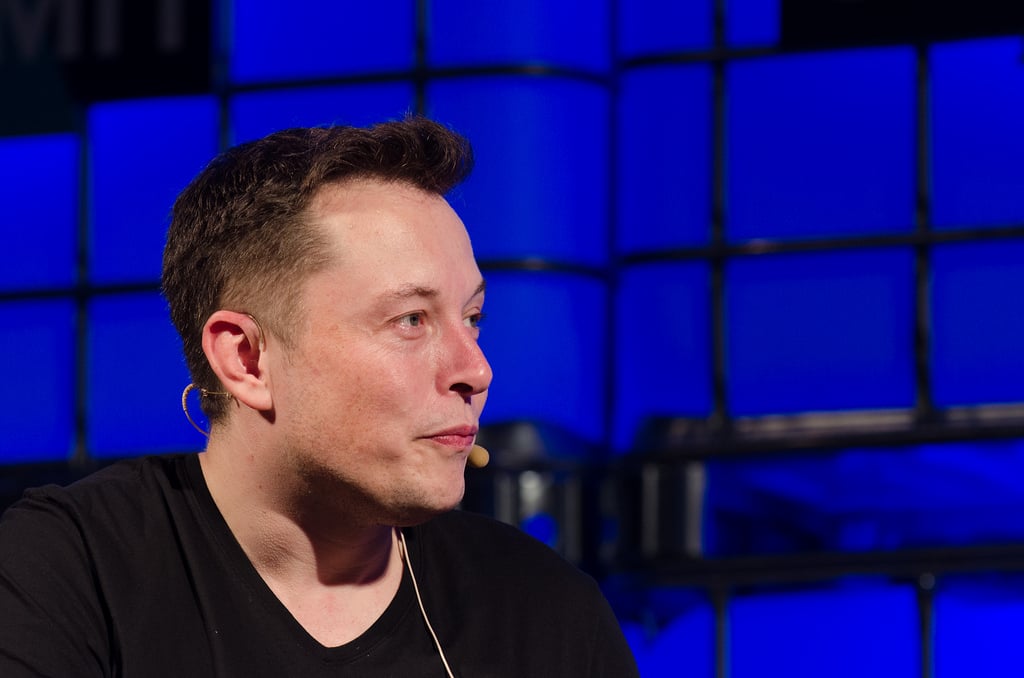[vc_row height=”medium” us_bg_video=”0″][vc_column][vc_column_text]There is a lot of discussion about fake news these days. While some may feel we now live in a “post fact” world, I don’t. If you haven’t read it, I encourage you to read NPR‘s Steve Inskeep’s take on the subject, A Finder’s Guide To Facts. Steve offers a lot of common sense things to look for when evaluating an article.
These skills are especially relevant for those who like to read about Tesla. Recently Elon tweeted:
Can anyone uncover who is really writing these fake pieces? Can't be skankhunt42. His work is better than this. https://t.co/Qs69AFMGE5
— Elon Musk (@elonmusk) November 22, 2016
You can draw a straight line from that tweet to one Elon sent back in February:
Sigh …https://t.co/VelOzAKIW6
— Elon Musk (@elonmusk) February 19, 2016
While millions of dollars are being spent to actively discourage electric vehicles, and even Tesla and Elon Musk specifically, Tesla has a lot going for it in this war. One, more often than not, the facts are on Tesla’s side. Two, many detractors tend to rely on lazy arguments that resonate with an uneducated public but are easily disproved. Below is a common example of an anti-Tesla argument.
“Elon Musk’s growing empire is fueled by $4.9 billion in government subsidies”
This reference is made in almost every negative Tesla piece I’ve read. The origin of this statement is a very one sided article by Jerry Hirsch in the L.A. Times back in May 2015. Detractors quote the headline as fact, but there are a lot of problems with this article and those similar to it. Fred Lambert of Electrek does perhaps the best job of pointing out the flaws:
It includes hypothetical tax breaks that Tesla could receive 20 years from now, discounted loans that Tesla long ago paid back in full and in advance, and even money from programs that Tesla never receives, but customers can potentially benefit from.
You can find Fred’s excellent response here: Complete breakdown of the $4.9 billion in government support the L.A. Times claims Elon Musk’s companies are receiving
Like the stick figure in XKCD, I find myself spending quite a bit of time in the comment section of Tesla articles trying to counteract misinformation. There is little hope in changing the mind of the typical commenter, but there are many more people who read an article than comment, and I’ve found that when reading articles, it is pretty easy to tell reasonable commenters from those spewing falsehoods. For instance, I’ve probably learned more in the comment section of Seeking Alpha than the articles themselves, and there are TMC members like JRP3 who do a much better job than I do in providing high quality answers.
In addition to keeping standard sets of answers for the typical misinformation seen in Tesla articles, it can also help to keep a list of suspect sources. For instance, if I see a Tesla opinion piece by Holman W. Jenkins, Jr. in the WSJ, I’ll know before I read it that it will be negative. One criterion I’d add to Steve Inskeep’s list – Is the source anonymous? Did the author use a fake name? If so, why? In the November Elon tweet above, two reporters did excellent work in documenting the source behind the StopElonFromFailingAgain.com website:
Citizens for the Republic (CFTR)
- Liane Yvkoff: These Are the Lobbyists Behind the Site Attacking Elon Musk and Tesla
- Fred Lambert: Right-wing group led by Trump propagandist launches campaign against Elon Musk, Tesla and SpaceX
That type of work will become more important as the fake news storm intensifies, especially with regard to Tesla. Tesla has more than 100,000 vehicle owners, millions of fans, a visionary CEO, and vocal detractors—especially those that are shorting the stock. This results in a perfect storm of media coverage (where clicks are king) and Tesla getting outsized coverage for a company its size. Given that, it is important to view Tesla articles through a realistic lens and to especially take the source of the article into account.
TMC Member Stephen Pace is a Principal Consultant for Magnitude Software who has over 25 years of enterprise software experience holding positions in software development, data warehousing, master data management, and business intelligence. Prior to joining Magnitude Software and Kalido, Stephen was technical consultant for Shell primarily based at Shell’s Westhollow Technology Center in West Houston.[/vc_column_text][/vc_column][/vc_row]
